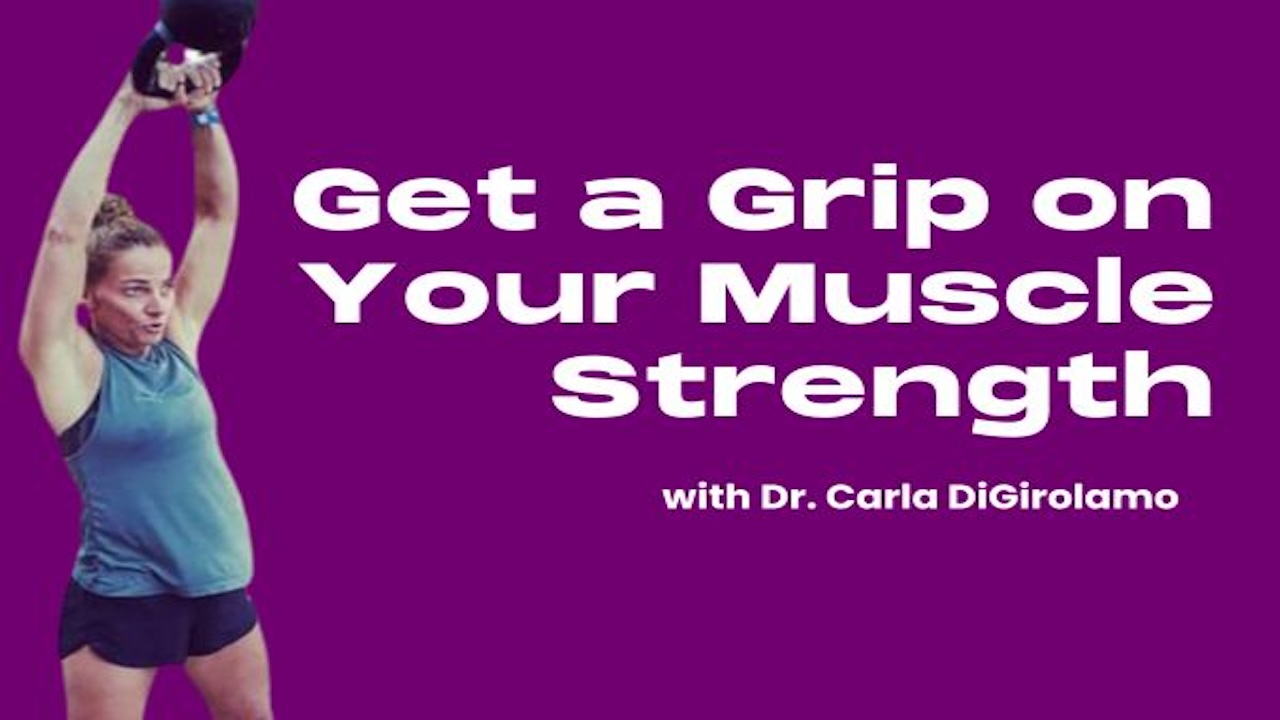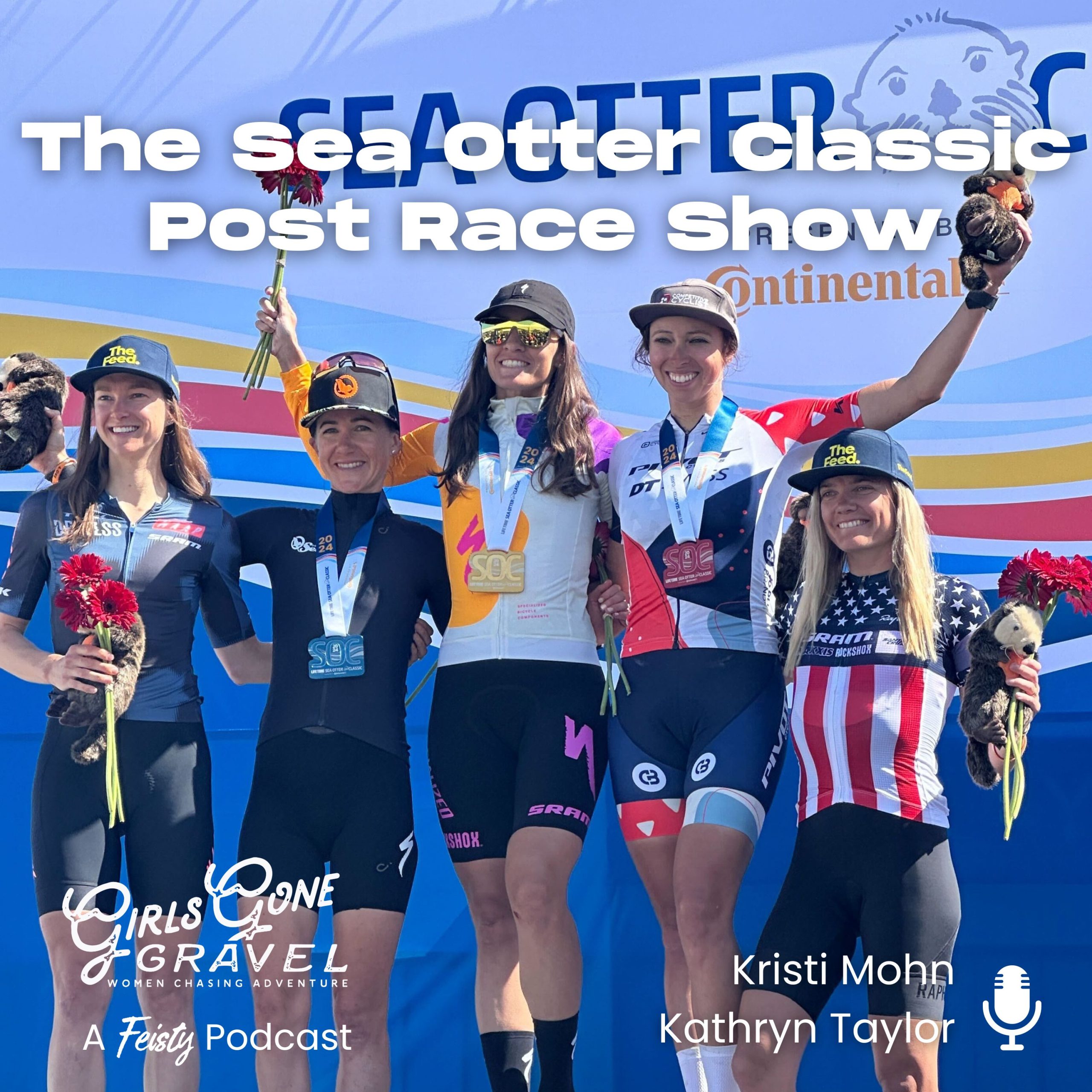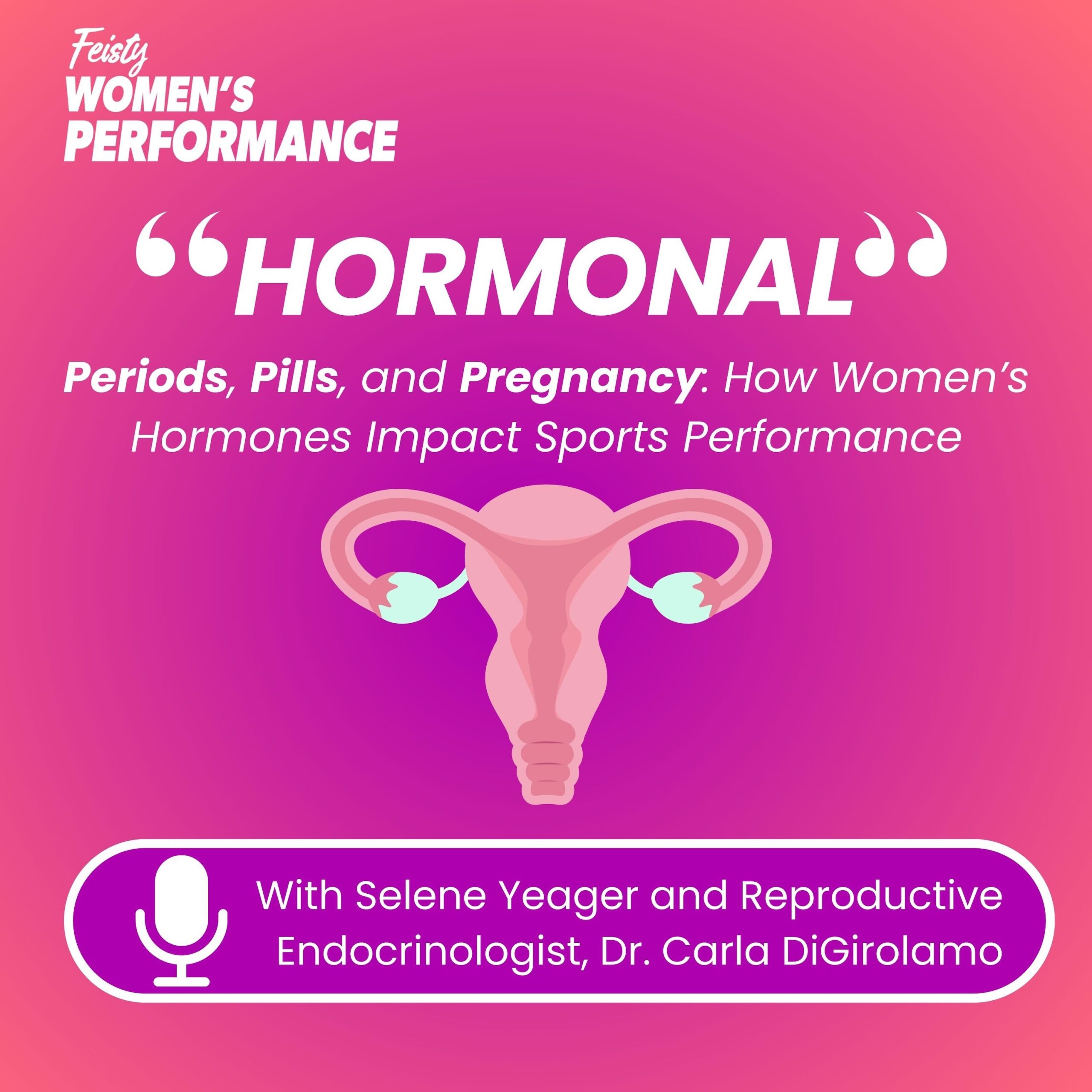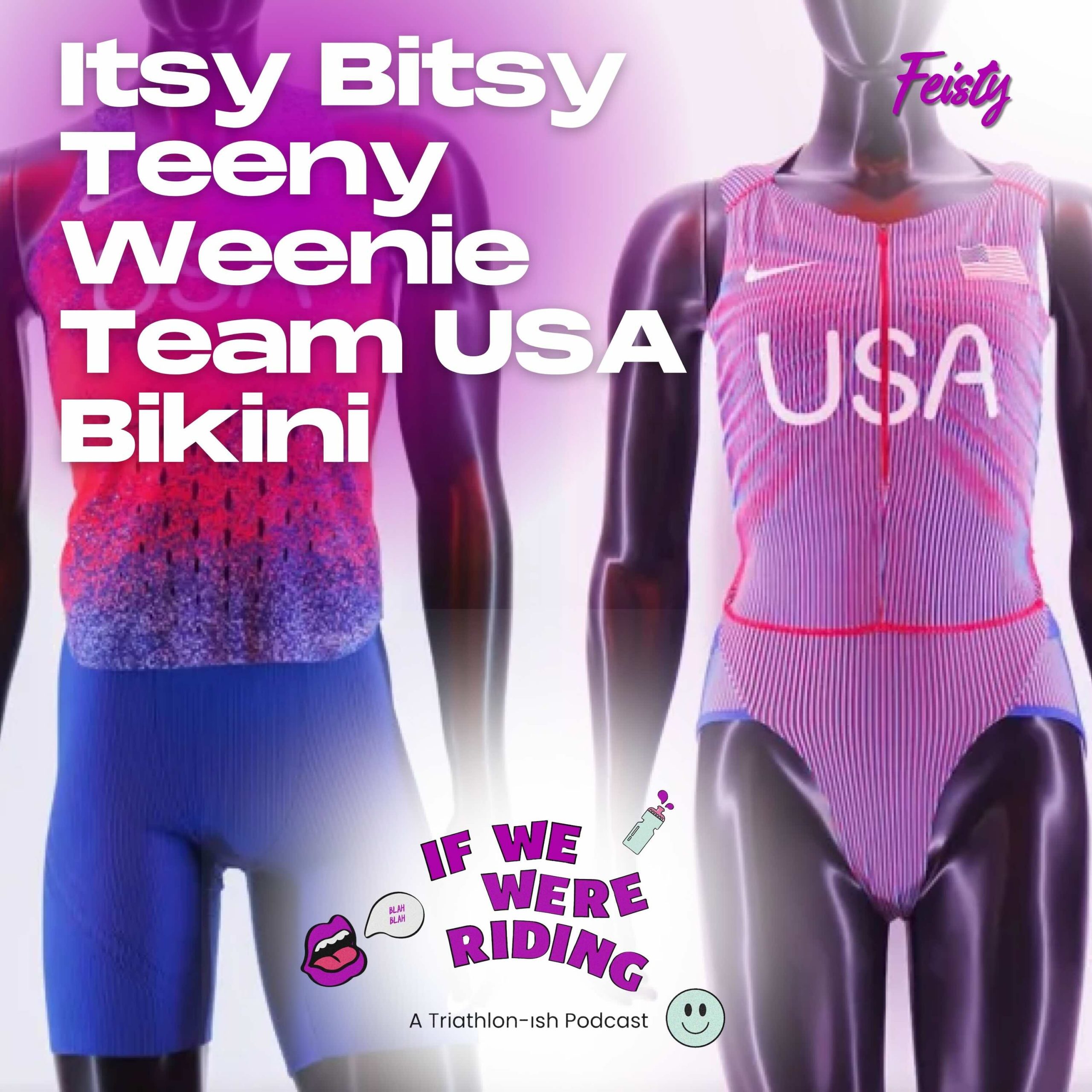March 5, 2024
Shaping your strongest, healthiest, happiest future: right here, right now.

Welcome to a sneak peek of Feisty 40+, a newsletter designed created for active women forty and older who want to shape their strongest, healthiest, happiest future. Written by Selene Yeager with contributions from Dr. Carla DiGirolamo, this is the newsletter that you’ve been waiting for!
Want Feisty 40+ in your inbox? Click here to join the list.
💪 Got HVRT?
If you’re an active adult female of literally any age, chances are you’ve heard of HIIT–high intensity interval training, short bursts of eye-popping cardio that help improve VO2 max (how much oxygen you can use), lactate threshold (the point where your muscles start asking you to please stop) and metabolic health, and reduces deep belly fat, which is especially helpful for 40+ women.
But have you tried HVRT, aka, high velocity resistance training? If you’re an active 40+ woman, this power-building style of strength training can up your game–and yield health benefits for years to come.
HVRT is as it sounds: You’re performing strength exercises as explosively as possible with good form. That means concentrating on accelerating the weight during the concentric (lifting) phase of each exercise while maintaining control. HVRT is done for low repetitions per set (i.e., < 6 repetitions) using multiple sets (3 to 6 sets) with adequate rest intervals (2 to 3 minutes) between sets to allow for recovery.
Research shows HVRT helps maximize power (how quickly you can generate force) and neuromuscular adaptation, meaning that you activate more muscle fibers–both of which are super good for improving performance in every sport.
HRVT is especially good for 40+ women because, as we know, muscle declines with age. That decline becomes especially pronounced when our sex hormones start shifting, which starts in our 40s before menopause. In fact, research shows now is the time to get a jump on muscle loss, since we can lose 10% of our skeletal muscle during the menopause transition alone, and we can also see an accelerated decline in muscle force and function (i.e. the ability to control and coordinate muscle movements) during that time.
This type of training also helps lay a strong foundation for the rest of your life. For one, it helps build bone. Research shows that just two sessions a week improve bone mineral density in the hips and spine, which is key for 40+ women, since bone loss accelerates dramatically as we approach menopause, which the average woman hits at about 51.
Research also shows that when adults in midlife (i.e., 40 to 55) did HVRT, they built a strong foundation that helps them better deal with age-related impairments that can crop up later in life.
Choose compound exercises that target large muscle groups and involve multi-joint movements, such as big lifts like squats, Olympic lifts (e.g., clean and jerk, snatch), plyometric exercises (e.g., box jumps, medicine ball throws), and ballistic exercises (e.g., kettlebell swings, jump squats). Always warm up thoroughly, and seek professional training if you’re new to strength training.
🤔 Might it Be Menopause?
For many of us, menopause is the last thing on our minds until we’re obviously in it with classic symptoms like hot flashes and night sweats. But the onramp can be long and our changing hormones can show up in insidious ways long before our periods stop.
One of the most disruptive for active women is joint and muscle pain. A recent study of 1,120 healthy women ages 45 to 69 found that ⅓ of them reported joint pain. And research shows more than half of women experience joint pain around the time of menopause.
Even women like ultrarunner Mirna Valerio, who thought they were prepared for and knowledgeable about perimenopause can find themselves blindsided, as she said during a recent Hit Play Not Pause episode, “I was doing a lot of racing, which my body was used to. But suddenly, my body just started hurting…my feet started hurting, I had random joint point, I was very knowledgeable about perimenopause, but I didn’t think that was it. Now in hindsight, that definitely was it.”
If that sounds familiar and you’ve ruled out other causes, find a menopause-certified practitioner to work with.
🔥 Feisty Badass Athlete of the Week Goes To…
This week we’re putting the Feisty Spotlight on Jen Temperley who in 2023 at age 50 went to Ironman World Championships in Kona and beat the time she set 10 years earlier when she competed at age 40 by about 5 minutes!
2023 (age 50) — 11:09:59
2013 (age 40) —11:15:50
How’d she do it? In her own words:
“When I reflect on beating my 40-year-old Kona time, it boils down to a decade of consistent care for my body, not pushing it to its limits day in and day out, but listening to it. Over the years, my mindset has shifted significantly—I’ve prioritized how I fuel my body and made strength training a key component of my routine, not just an add-on. Moving away from strict dietary restrictions (no dairy, gluten, soy, etc.) to fueling properly during and after long workouts has been a game-changer. Learning to let go of the guilt for missed workouts and instead tuning into my body’s needs (specifically rest and recovery). It turns out, getting faster with age isn’t about adhering to more rules; it’s about engaging in smarter, more connected training, understanding your body’s signals, and focusing on long-term health. That’s what really counts!”
🥂 to you, Jen!
👉Want a chance to be featured? Click here to share your badass story
👩🔬 Hit Play Research Round Up
We spend a lot of time scouring the latest research for news you can use to stay strong and feisty forever. Here’s what’s making waves this week:
🍈🍈 The more fit you are, the lower your risk of breast cancer. Studies have long shown an inverse relationship between physical activity levels and risk of breast cancer. Now a retrospective study drawing on data from more than 750,000 women finds that the risk of breast cancer is inversely related to exercise capacity. When compared to the very least fit women, those with low fitness had an 18% lower risk; moderate fit women had a 31% lower risk, and the fittest women had a 40% lower risk. Obviously, we all know super fit women who have been diagnosed with cancer, and we never want to “blame” people for getting sick (i.e.” if only they’d exercised more”), but it’s nice to know doing what we love can help lower our individual risk.
🏃🏿♀️ Snack on exercise! Even if you exercise regularly, if you sit for most of the day, your health suffers. That’s why so-called “exercise snacks” have been making headlines. These brief bursts of exertion sprinkled throughout the day (like running up some stairs) can improve metabolic health, improve endurance, and maintain healthy muscles. What’s more, they also can lower your cancer risk. A large cohort study of more than 22,000 non-exercising adults finds 4.5 minutes of exercise snacking a day was associated with a 30% reduction in physical activity–related cancer incidence. On days where you can’t get your usual workouts in, sprinting up some stairs or busting out a minute of air squats throughout the day will do your body good!
🏋🏻♀️ Free weights are fun, but exercise machines work, too! Somewhere along the line, many of us got the message that exercise machines weren’t as good as free weights for resistance training. Free weights might have some functional advantages since you need to stabilize the weight as you do heavy things IRL, but when it comes to muscle building, a new study shows they both work well. The study had 38 resistance trained men (no women, sigh) participate in an 8 week resistance training program, with half of the group using free weights and half using machines to perform full squat, bench press, prone bench pull, and shoulder press exercises. At the end of the study, both groups had significant increases in strength and hypertrophy with no meaningful differences between the two. Both groups also saw a reduction in stiffness, pain, and functional disability.
💪🏽 Working it Out With Dr. Carla DiGirolamo
By Carla DiGirolamo, MD, CFL1
Each week, we bring you a free workout and the “why” behind the training session with hormone specialist Dr. Carla DiGirolamo. This week, Get a Grip on your Muscle Strength! Get the details and the workout here.
Parting thoughts…
🧠 Midlife women (hell, all women) are relentlessly bombarded with weight loss messages. Female athletes are especially vulnerable to this messaging because we’ve been told our success depends on our “power to weight”. Never forget that there are two sides to that equation. And power comes from resistance training, training your sport, and going into your sessions and events fully, properly fueled. You don’t have to be skinny to be strong and successful.
✅ Looking for more information on bone health? Follow Dr. Vonda Wright on Instagram.
🎧 Listen to this week’s Hit Play Not Pause Podcast – All in Her Head with Elizabeth Comen, MD (Episode 168)
👉Want Feisty 40+ in your inbox? Click here to join the list.


 Outspoken Women in Triathlon Summit Returns Bigger than Ever
Outspoken Women in Triathlon Summit Returns Bigger than Ever  Driving the Lamborghini: Productivity and the Power of Paper
Driving the Lamborghini: Productivity and the Power of Paper  5 take aways from the Compete Sports Diversity Summit
5 take aways from the Compete Sports Diversity Summit  Simple Tips to Hone Your Bike Handling Skills
Simple Tips to Hone Your Bike Handling Skills 

